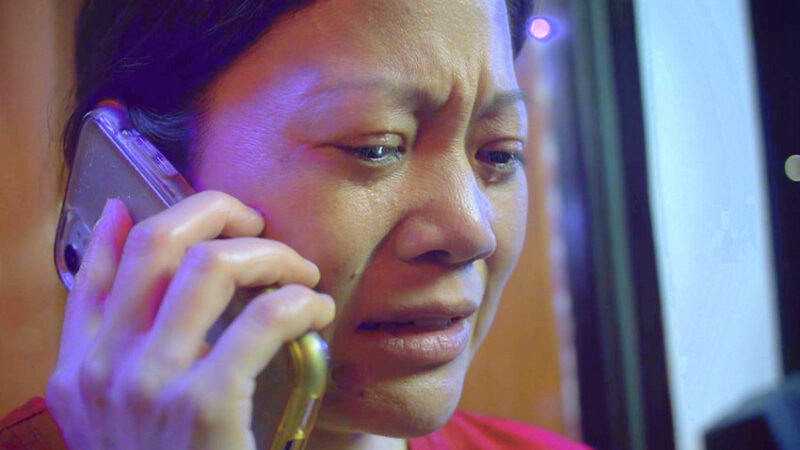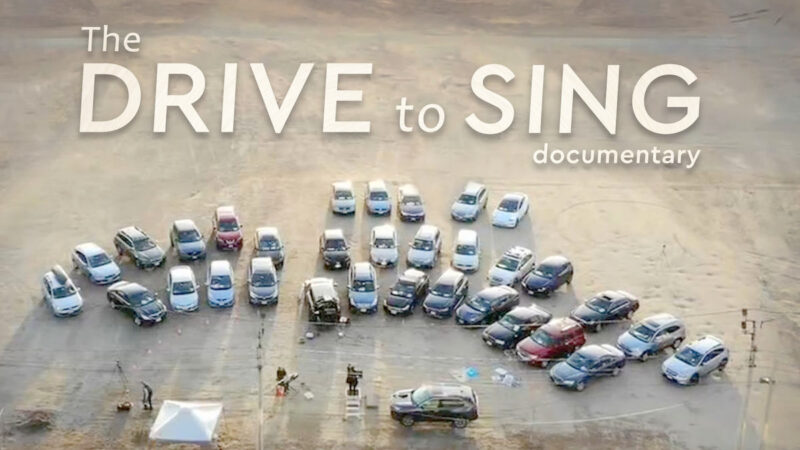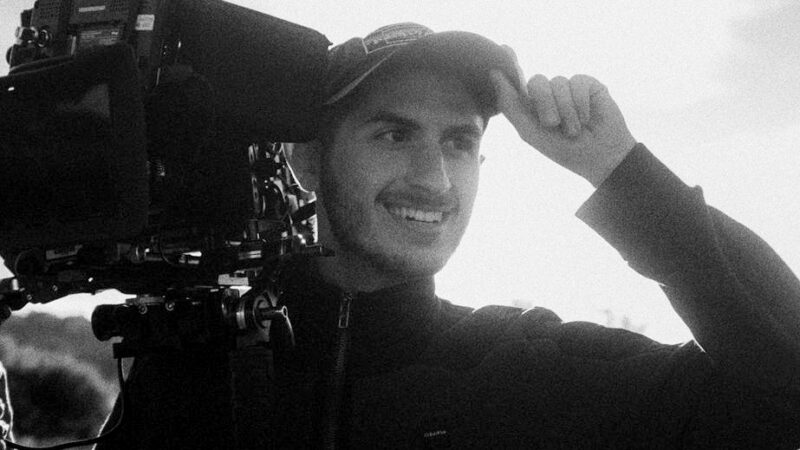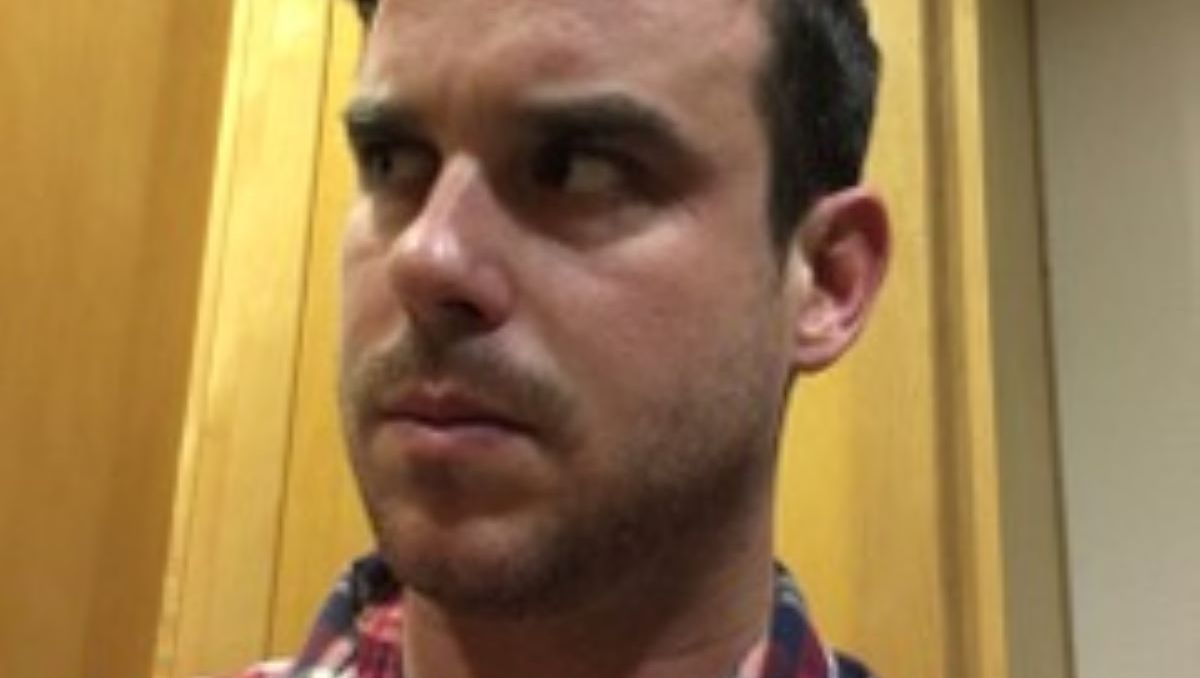
An Industry Case Study
Narrative | Dramatic Features
Film Name: Vanishing
Genre: crime, Drama
Length of film: 7:49 Minutes
Date: NA
Director: Anthony Mintos
Producer: Anthony Mintos
Executive & Creative Producer: Anthony Mintos, Michael Mintos
Writer: Anthony Mintos
Cinematographer: Rochelle Brown
Editor: David McAbee, Giselle Vasquez
Composer: Anthony Mintos
Production Company: Robenation Films
Budget: $250
Financing: Personal
Shooting Format: Black Magic
Screening Format: NA
World Premiere: NA
Awards: NA
Website: www.robenationfilms.com
The Official Trailer for Vanishing
Watch Vanishing directed by Anthony Mintos
A Short Biography of Anthony Mintos
Anthony Mintos is a writer, director, and producer. He is Midwestern born, a movie lover and avid watcher. Anthony has worked in every aspect of the film industry. Anthony Mintos is known for Cloverfield (2008), Angels & Demons (2009) and Four Christmases (2008).
The Anthony Mintos Interview
indieactivity: What is your film about?
Anthony Mintos (AM): “Vanishing” is about a woman dealing with a loss in her past and how she appropriates it into her present daily life.
Tell us about the festival run, marketing and sales?
Anthony Mintos (AM): I took Vanishing to a website I had heard about called Filmfreeway. I had used a website called Withoutabox in the past and this was the closest version of it since Withoutabox had shut down. I had originally thought to run it through festivals before I made it accessible via Vimeo, YouTube, and any other streaming online services. At this moment, I’m looking for DVD distribution and any other way to show it. I was somewhat successful in getting into a few festivals and our lead actress, Lauren Leland, landed a nomination at the Art is Alive film festival.
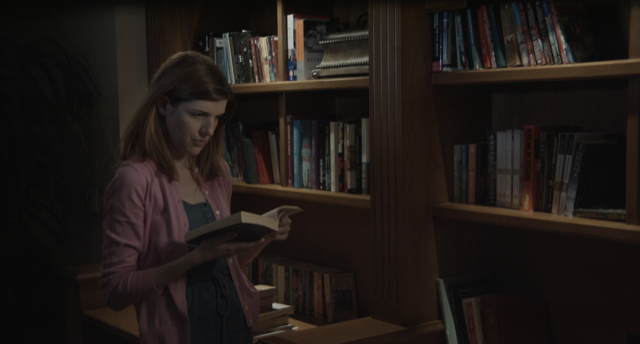
Give the full Official Synopsis for your film?
Anthony Mintos (AM): A woman goes through her daily routine of life. Going to work. Heading to the library. Running on the beach. Enjoying coffee and cooking while watching television. During these moments, she is interrupted by memories of a significant other. As the story unfolds, you find out how it happened and if there is a way that she is finally turning the corner with this loss.
Development & Financing?
Anthony Mintos (AM): It was an interesting process how this all got started. I was developing another short from a screenplay I had written. It was basically in the pre-production phase. I had cast all the actors, set the crew and was waiting on some location logistics. At the last second, the location fell through. The entire premise was based on that location; it worked as a character for the story itself.
So, I pivoted and had a good working relationship with one of the actors and most of the crew. I had wanted to focus a story on the visual aspects of someone dealing with loss and have the audience try and grasp how ambiguous it can be when a significant other is permanently gone. I had written a quick outline and had a short list in my head at the same time. It was a short script; around 7-8 pages but I knew, again, it would be a visually forward piece.
As opposed to what I had just written, which was very dialogue heavy. I had enough money from what I had budgeted before and lucked into a camera friend of mine whom I had worked with on Brooklyn 99. She (Rochelle Brown), had just entered a hiatus phase and was willing to use some of her equipment to shoot for one day. So, all in all, it was the complete opposite of what had fallen apart from my previous filming experience and everything just fell into place for a one day shoot
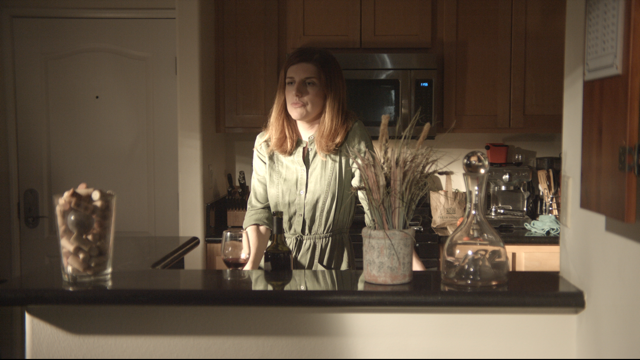
Production?
Anthony Mintos (AM): While writing the script, I had significant ideas for specific shots in the film. So, basically after I had written it, I was able to make a shot list and break down a schedule that would only necessitate a single day of shooting indoors and a half of a day shooting the outdoor scenes. When writing, I had in mind to make sure I had locations that would be easily and cheaply accessible.
Once the cast and crew was established (numerous friends were able to help out; and for free), I worked with the D.P. I hired Rochelle, with a location scout and wrote out the possible lenses for each shot and the number of setups each scene would probably take and the time we had to do it. It was very flexible depending on how serious the scene needed to be; the idea being to give the actors the time if they needed it. Rochelle was very good at bringing ideas on scheduling scenes based on her lighting setup ideas. Again, the indoor scenes would take longer since we basically used all the lighting equipment for those and didn’t really need anything for the outdoor scenes by simply using natural light.
During production, it was simply executing the day. I had sent every member of the crew the scene schedules and shot list with lenses that could be used. The lens aspect is certainly flexible because I defaulted to Rochelle on the specifics of that; my main focus of being the director was to work with the actors. I rehearsed scenes and blocking before each scene and gave the crew the amount of coverage we needed after rehearsal. Because of the prep time the actors had and simply conversations with them separately over the phone, I knew they were both on the same page as me. Certainly there are conversations and changes made on the day but that’s a solid part of the collaborative process and I definitely welcomed that.
After the shoot, I transferred the footage to one of my first editors and didn’t give her any notes at all; she was not present for production. My idea was to see if she could cut together something from an outsider’s perspective and from simply only looking at the footage and the script. It sounded like a promising idea but didn’t exactly pan out as I had hoped. There were too many shots that were so specific within cuts that I wanted to take my time with. With no fault of her own, she didn’t have the time to help with a second cut and so I had another editor and decided to work strictly with them side by side, with notes this time. And because of that specificity, I was able to get across each cut of the film as accurately as I had pictured it from the beginning. I did take a few ideas of cuts that had been done in the first round, so sometimes those ideas are not all a wash.
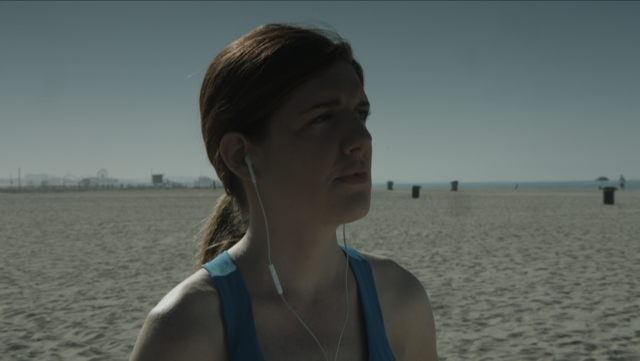
Festival Preparation & Strategy?
Anthony Mintos (AM): Now that I had set up my Filmfreeway account and uploaded the film with info, my strategy was to start with the cheaper, lower tiered festivals and then work my way higher. Not putting anything past these certain festivals I submitted to, but the main idea was exposure and them actually accepting me instead of going with more mainstream ones where the odds were too high in actually getting in. I had finally set up my website as well as an instagram account for my production company, so the timing was great in an effort to really start publicizing my work as a filmmaker.
The Release?
AM: Since I didn’t really achieve any distribution deals, I had a Vimeo account that I made public as well as releasing it publicly to YouTube.
Advice from the Filmmaker?
AM: Anyone can make any film they want nowadays (and cheaply); I think it’s really more than half the battle of just getting like minded people together and actually shooting what you want. I think that people can prepare as much as they want but it really is being able to communicate your vision and being willing to pivot when you see changes that need to be made. Other people may have a great option for certain things and the most important thing is to always realize that it is a collaborative process. So just surround yourself with great people and go out and make something!
Tell us what you think of the Case Study for Vanishing. What do you think of it? Let’s have your comments below and/or on Facebook. Or join me on Twitter.
Follow Anthony Mintos on Social Media
Website
IMDb
Facebook
LinkedIn
Filmfreeway
Instagram
Vimeo
MORE STORIES FOR YOU

